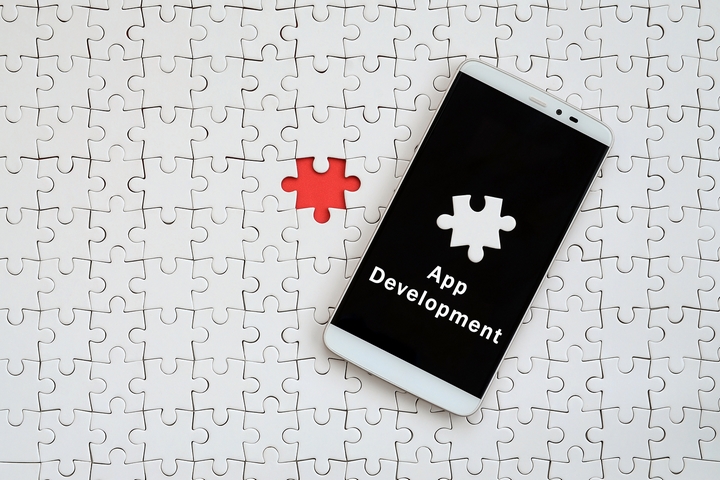Mobile apps have never been more popular. More recently, the trend is not just for businesses to have a mobile app to support their website, but to even adopt the app-only approach for their businesses. And naturally, with every business having their own mobile apps, the chances of standing out from the competition is as slim as they can be.
Many businesses also make the mistake of jumping on the mobile app bandwagon without realising what it really entails. There are many decisions and steps that need to be taken in the correct order to ensure that you don’t just develop and launch a successful app, but also make some money out of it.
If you think your business can benefit from mobile app development, or if you have an idea for a mobile app, below are the steps you need to follow to plan, develop and launch it.
1. Research

You think you have a great idea for an app that can make your loads of money. The only thing to keep in mind is that businesses don’t run on what you think, they run on what you know. There is no such thing as enough research when learning everything about your app. This includes understanding the market, spotting the empty space in the market that your app will fill, deep-diving into what the competition is doing, and a lot more.
This phase will also help you find some answers like the budget, timelines and objectives. Once the research phase is complete, the best way to move forward is to assemble the team for various departments and work together towards compiling the final document.
2. Objectives

Once you know the market, the competition, and the app, you can establish the objectives and results that you want your app to achieve for you. At a later stage, comparing the results with the objectives will guide you on whether the app is working and what can be done to improve your offering. This is the stage where you decide what problems your app will solve and the features that your app should have to ensure it can solve those problems.
3. Wireframe

Wireframe is like the skeleton of the app, outlining the core structure and functionality of your app. This is when the app developers will come in the picture with their expertise. This is also the stage when mood boards are discussed and finalized, along with the look and feel of your app. This is the stage when actual work on the app begins.
4. Prototype

Once the wireframes are in place and the back-end or hosting part of the app has been taken care of, the prototype is developed for testing purposes. During this stage, a lot of eyes test the app and its different functionalities. All bugs, issues and errors are noted and worked upon. The testing of prototype continues till the app reaches a satisfactory level of functioning. Usually, teams bring in people who are not part of the team to get an unbiased opinion on the app.
5. Development

After all feedback has been accounted for, the app development phase begins. The end of this phase is where the testing of the actual app begins. The success of this step depends on how thoroughly the previous steps have been completed. Once the development is finished, the app is rigorously tested by people on the team and outside.
6. Launch Prep

This stage is when the marketing team kicks in and takes charge. This is the step when the app is marketed so the launch coincides with a lot of coverage, resulting in more downloads.
Those, in short, are the basic steps one will go through when deciding to launch an app. The work is not complete after the launch as lots of updates and issues will have to be worked out after the app has been launched in the market.






